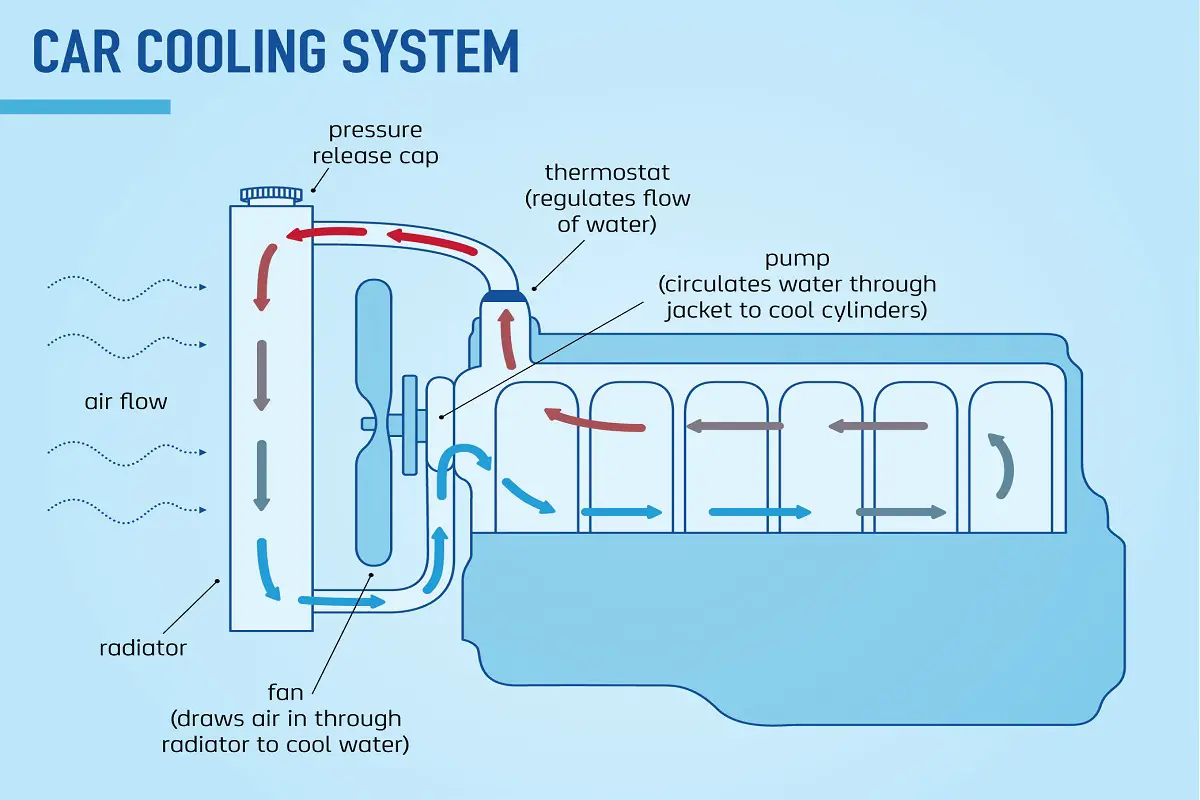Take hot potato. Cut it into four pieces. Keep them on a plate. Blow air on them using a fan. It will cool down quickly. By cutting potato into pieces, we increase surface area. Since more area is in contact with atmosphere, potato can easily transfer the heat to the air in the atmosphere. If we blow air with a fan, it will further aid the transfer of heat.
So the 'principle of cooling' is , 1. increase hot surface area. 2. blow air.
In a tropical country like India, you might have observed this scene in a tea shop. To cool the tea, the person raises the hot cup of tea as high as possible in one hand, in another hand he holds another empty cup as low as possible. He repeats the process a number of times. Surprisingly there is no word for this process in English. We will see why, a little later. But Indian languages do have. By pouring tea from a height, length of sheet of tea is increased. That is , surface area of the tea is increased. Hence it cools down fast.
In English speaking countries, the ambient temperature is normally low. Hence they invented cup and saucer. Just by pouring the tea in the saucer, the surface area is increased and tea cools down. Elaborate process is not required as in a tropical country. Hence there is no word for pouring and re-pouring in English.
Coming to the car engine; the heat generated in the engine is transferred to a coolant liquid, then the coolant goes to the radiator. The liquid passes through a long folded narrow tube in the radiator. That is, the surface area of the liquid is increased. The liquid transfer the heat to the metal surface of the radiator. The radiator is having number of 'fins' as shown in the figure. The fins, increases the surface area further. A fan blows the air on the fins. The air takes away the heat from the fins. Hence the coolant cools down quickly and the cold liquid is sent back to the engine. This is how the radiator radiates heat. Any hot machines like motor always have fins.
So even cooling requires engineering.
-------------------------------------------------------------------------------------------------

